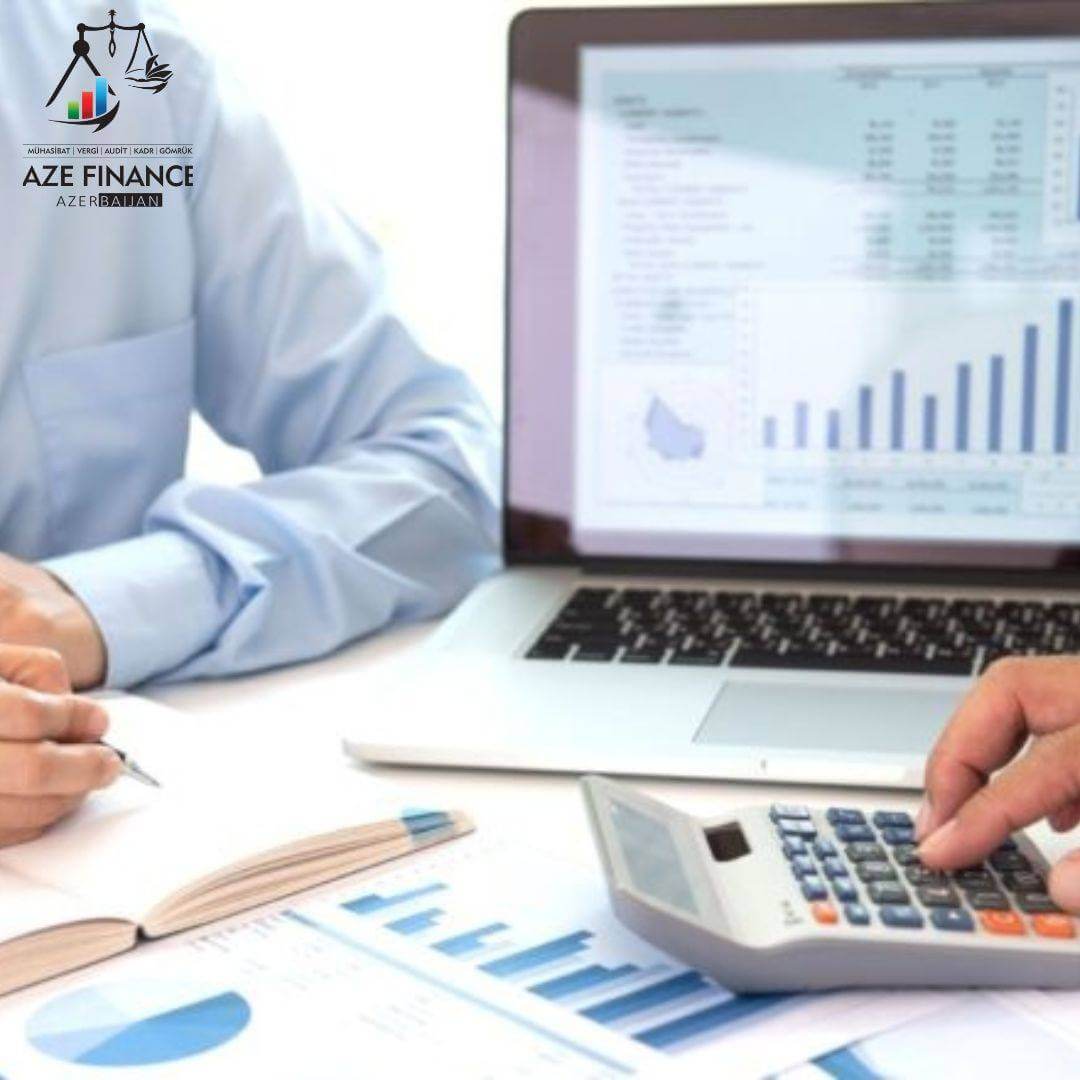How is the time of incurrence of an expense determined when using the accrual method?
How is the time of incurrence of an expense determined when using the accrual method?

Article 130.1 of the Tax Code states that a taxpayer is obliged to keep accurate records of his income and expenses on the basis of documented information in order to accurately reflect taxable income (profit), and to attribute his income and expenses to the relevant reporting periods in which they were earned or incurred, depending on the accounting method applied in accordance with this chapter. The accounting method used by the taxpayer must take into account all requirements regarding the timing and accounting procedure for expenses and receipts. This requirement of the legislation is commented on by specialist Turkan Sultanova:
According to the Tax Code, there are 2 methods of accounting for income and expenses by taxpayers: cash and accrual method. According to Article 130.4 of the Code, micro-entities, depending on their choice, keep records of income and expenses using the cash method or accrual method, and small, medium and large-scale enterprises - using the accrual method.
Micro-entities are understood as enterprises or individual entrepreneurs with an annual turnover of up to 200,000 manats and an average number of employees of 1-10 people per year.
Principles of accounting for income and expenses using the cash method
According to Article 131 of the Tax Code, a taxpayer keeping records using the cash method must take this income into account when it receives income or when it is placed at its disposal and must deduct expenses from income only when it incurs these expenses.
Rules for accounting for income and expenses when using the accrual method
A taxpayer keeping records using the accrual method must take its income and expenses into account at the time when the right to receive income is obtained or the obligation to incur expenses arises, regardless of the actual time of income generation and expense generation.
Example 1: In January, a company sold a product to a customer for 10,000 manat. The customer paid for the goods in March. When using the cash method, the company records the sale in March, when it receives the cash. When using the accrual method, the company records the sale in January, when the customer receives an electronic invoice.
Example 2: A company purchases advertising services worth 1,500 manat in November and pays for them in December. When using the cash method, the company records the expense in December, when it receives the payment. When using the accrual method, the company records it in November, when it receives the electronic invoice from the supplier.

Article 130.1 of the Tax Code states that a taxpayer is obliged to keep accurate records of his income and expenses on the basis of documented information in order to accurately reflect taxable income (profit), and to attribute his income and expenses to the relevant reporting periods in which they were earned or incurred, depending on the accounting method applied in accordance with this chapter. The accounting method used by the taxpayer must take into account all requirements regarding the timing and accounting procedure for expenses and receipts. This requirement of the legislation is commented on by specialist Turkan Sultanova:
According to the Tax Code, there are 2 methods of accounting for income and expenses by taxpayers: cash and accrual method. According to Article 130.4 of the Code, micro-entities, depending on their choice, keep records of income and expenses using the cash method or accrual method, and small, medium and large-scale enterprises - using the accrual method.
Micro-entities are understood as enterprises or individual entrepreneurs with an annual turnover of up to 200,000 manats and an average number of employees of 1-10 people per year.
Principles of accounting for income and expenses using the cash method
According to Article 131 of the Tax Code, a taxpayer keeping records using the cash method must take this income into account when it receives income or when it is placed at its disposal and must deduct expenses from income only when it incurs these expenses.
Rules for accounting for income and expenses when using the accrual method
A taxpayer keeping records using the accrual method must take its income and expenses into account at the time when the right to receive income is obtained or the obligation to incur expenses arises, regardless of the actual time of income generation and expense generation.
Example 1: In January, a company sold a product to a customer for 10,000 manat. The customer paid for the goods in March. When using the cash method, the company records the sale in March, when it receives the cash. When using the accrual method, the company records the sale in January, when the customer receives an electronic invoice.
Example 2: A company purchases advertising services worth 1,500 manat in November and pays for them in December. When using the cash method, the company records the expense in December, when it receives the payment. When using the accrual method, the company records it in November, when it receives the electronic invoice from the supplier.


